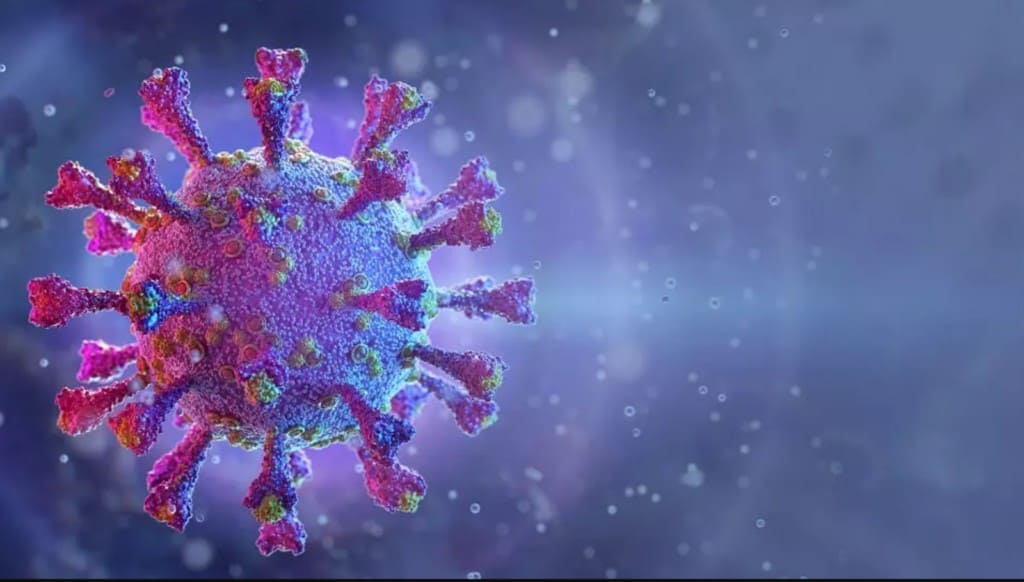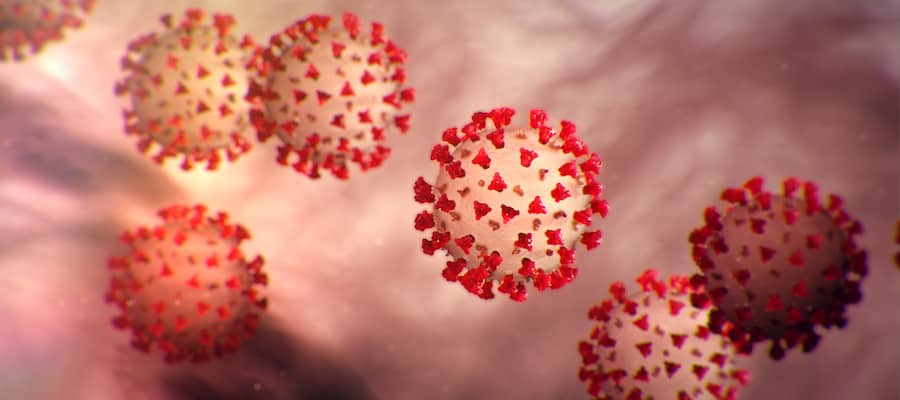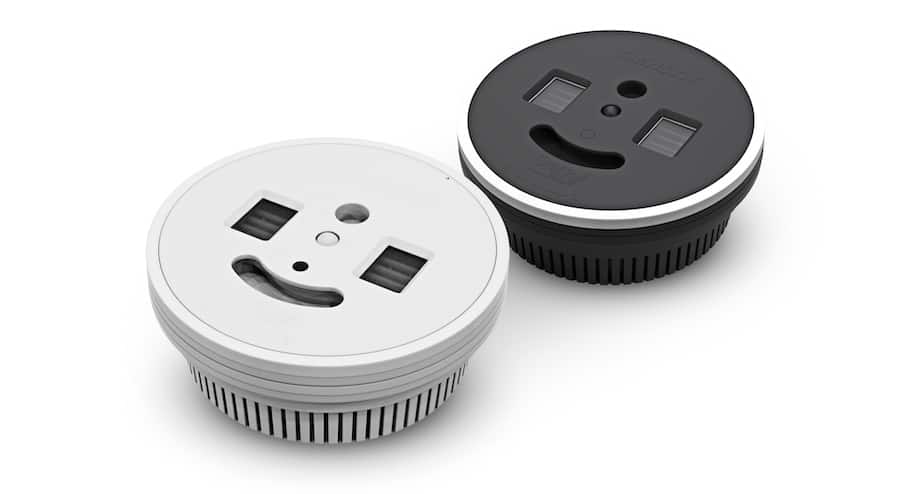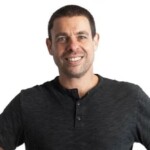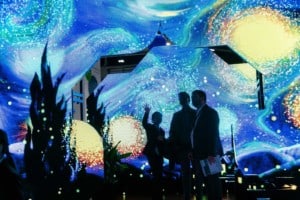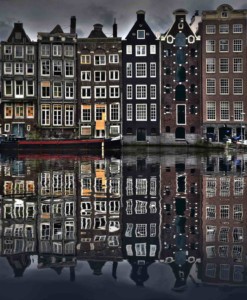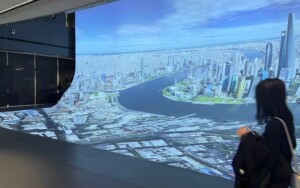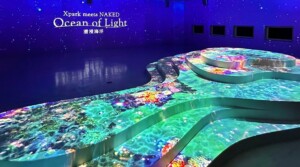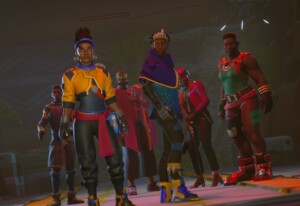As museums, theme parks and other attractions reopen in a post-Covid world, new far-UVC technology will help operators ensure their sites are as safe as possible.
by Martin Howe, Founder and CEO of Teq4 and Human 2.0
Just days ago, Pfizer and BioNtech announced the success of their phase 3 vaccine trials, with 90% efficacy against Covid-19. The headlines bode well that vaccines will be deployed within the coming months. This will accelerate the path to far fewer infections and a global economic recovery from this pandemic.
The cautious words of Professor Ugur Sahin, co-founder and CEO of BioNtech, shouldn’t be ignored though. They simply highlight the uncertainties that are still ahead. “The first interim analysis of our global Phase 3 study provides evidence that a vaccine may effectively prevent Covid-19, he said, in the announcement. ” Not the definitive statement that we are all longing for.
Vaccines are a critical measure in the fight against coronavirus. But ultimately, they are unlikely to be the one-shot panacea on their own. More measures will be needed to keep it under control and to combat against the risks of mutations resistant to vaccines. This year has demonstrated just how sensitive our eco-system, and especially our economic system, is to the effect of dangerous and deadly diseases.
Coronavirus, like many viruses, bacteria and fungi, is airborne. That is one of the main reasons why it has proven to be so contagious.
What do we know about airborne coronavirus?
It is now widely accepted that the virus SARS-CoV-2 (Severe Acute Respiratory Syndrome, Coronavirus 2) which causes the coronavirus disease, Covid-19, is airborne. There are heavier droplets that are spread up to a few metres away when we cough. But there are also far smaller droplets, invisible to the naked eye. These tiny droplets are between 60 nanometres (nm) and 140 nanometres (nm) in size. That’s really small.
These minuscule droplets are suspended in the air for hours. Plus, they can continue to remain airborne indefinitely if unaffected by air currents or effective ventilation. The harsh reality to face is that this deadly virus simply lingers invisibly in the air that we breathe. No amount of surface disinfectant will change that.
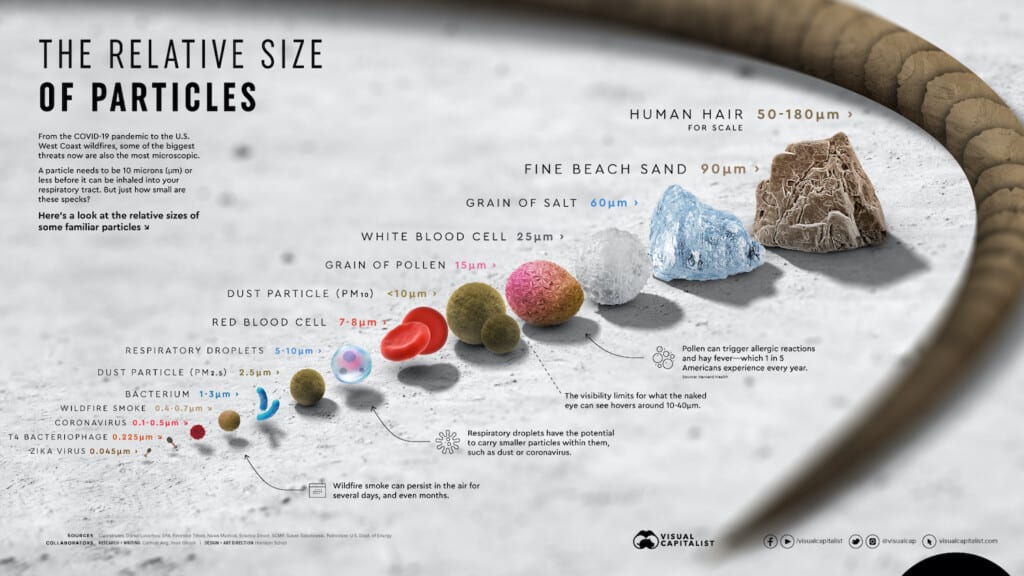
Unfortunately, the simple face coverings that we are encouraged to wear do not stop particles as small as the coronavirus, unlike for example KN95 specification respirator masks that are proven to filter SARS-CoV-2.
The point of wearing simple face coverings is to stop the spread of the larger infected droplets from the person infected. However, it does not prevent the inhalation of airborne particles by those uninfected.
How can we disinfect the air that we breathe?
So, what can we do? How can we clean the air around us, particularly indoors where ventilation and air circulation is typically far worse than outdoors?
UVC light is the answer. UVC light is invisible to the human eye and is proven to deactivate airborne pathogens. It is already being deployed, with certain strict constraints, to decontaminate the air and surfaces in places like factory production facilities and hospitals.
However, up until now, UVC cannot be used while people are in the same room. This is because it can cause severe damage to the eyes and skin.
UVC is simply a shorter wavelength of ultraviolet light, between 100 nanometres (nm) and 280 nanometres (nm) that is naturally filtered by the atmosphere.
Because of this, our skin is not normally exposed to UVC. Therefore we haven’t built up any natural defences to it. And importantly nor have all the germs around us, in the air and on surfaces.
If only we could filter the frequency of UVC to deactivate harmful germs, but not harm humans. That way, filtered UVC light could be used all around us all day long, making the air that we breathe and the surfaces that we touch far safer, all the time.
Like all good ideas, someone has already thought of it
Thankfully, the people working on UVC technologies haven’t been waiting around for coronavirus to come along. They have already been experimenting on ways to filter UVC to make it human safe. Teams around the world have been working on this for years. The most notable one recently is the team at Columbia University in New York, led by Dr. David J. Brenner, Ph.D., D.Sc.
This team has patented a method for filtering UVC into a narrow range of far-UVC frequencies around 222 nanometres. These do not have the energy to penetrate the surface of human skin or the outermost layer of our eyes, yet are still within the sweet spot to effectively neutralise pathogens in the air and on surfaces.
Ushio Inc. of Japan, a global leader in speciality and general lighting technologies, including lamps and lasers, had been researching and developing a range of UVC fittings. In 2015 Columbia University and Ushio Inc., entered into Exclusive License and Research Agreements for “Ultraviolet Disinfection Method to Reduce Microbial Infection”.
Care222 UV solutions
This year Ushio announced its Care222 UV disinfectant solutions. These are products that can directly combat the Coronavirus in the air that we breathe. They are safe to be used with people present, if used correctly.
Since then progress has been swift. Just last month Ushio announced their first Care222 excimer lamp technology. This is now available to a limited number of OEM manufacturers to integrate into their own specialised light fittings.
Just over a week ago Christie, a leading manufacturer of audio-visual technologies announced their own far-UVC product. This is called Christie CounterAct and incorporates Ushio’s 222nm Excimer OEM lamps.
At first hand, this announcement might seem surprising. However, Christie is a wholly-owned subsidiary of Ushio. The company has products in many attractions, theme parks and cinemas around the world. And these are among the venues that arguably would benefit from this technology the most.
Christie’s close relationship with Ushio has meant that they will be one of the first to market, if not the first in the world, with this critical technology. In fact, this technology is so critical that Fortune listed Ushio number 40 in its ‘Change the World’ listing this year.
How can this benefit your venue and your guests?
Being one of the first products to market, we can use Christie’s CounterAct to evaluate and understand how this unique technology can help bring people back together more safely. Back to work, back to school and back to enjoying places of fun and recreation.
We now know that it is critical to reduce the amount of exposure to the virus. The far-UVC 222nm light that Care222 lamps produce in the CounterAct fixtures can significantly reduce pathogens in the air and on surfaces. So, it then follows that it can have a dramatic positive impact on that space, providing yet another protective layer for your guests.
CounterAct can also run continuously. Therefore, it will always be combatting and reducing pathogens and viruses in the air and on surfaces.
How do I evaluate where to use far-UVC technology?
In simple terms, CounterAct can be considered as if it were a regular light fixture. Turn it on and electromagnetic waves radiate outwards at the speed of light. They transfer their energy into the air and onto objects that they encounter.
The only difference in this regard between CounterAct and a regular light fixture is that we can’t see the far-UVC light or feel any warmth from the fixture as it emits such a low amount of visible light.
But just like the beam of visible light of a normal light fixture, the UVC light will spread out from the fixture. The amount of light falling onto objects will be a function of the beam spread and the distance the fixture is from the object.
Support with placements
The placement of the far-UVC fixtures needs to be carefully considered to ensure that it will be the most effective. Both from a coverage and efficacy point of view – how quickly the far-UVC fixtures will neutralise the viruses and other pathogens, and also from a budget utilisation point of view. There’s no point in having too many fixtures in one area and too few in another.
Thankfully, specialist companies are on-hand. They can provide direct support and offer the necessary expertise to help.
Human 2.0, for example, has specialists on-hand dedicated to supporting this critical new technology. They will evaluate your spaces, your throughput, capacity and other preventative policies already in place to arrive at recommendations for deployment of fixtures. This is backed-up by the expertise and support of the manufacturer.
What about testing and regulations?
There are already regulations in place. These limit the maximum amount of exposure to far-UVC 222nm light to ~3mJ/cm2/hour.
Testing has already demonstrated that when seasonal flu coronaviruses are exposed to far-UVC light at far lower levels of exposure of only 1.7 and 1.2mJ/cm2, more than 99.9% of the seasonal coronaviruses present in airborne droplets were neutralized. This means they could no longer reproduce or cause infection.
Tests on humans have already been carried out too. A study conducted by Kobe University researchers irradiated the backs of 20 healthy volunteers with far-UVC 222nm light at 50–500 mJ/cm2. They then evaluated the induced erythema (skin redness).
The study found that Far-UVC 222nm light didn’t cause any erythema on study participants at even high doses (up to 500 mJ/cm2). Furthermore, the bacterial colonies in the skin swab cultures were significantly lowered by far-UVC 222nm irradiation.
Research, studies and testing continue apace to ensure that this technology can be deployed across a wide range of applications, in many venues and locations, and as cost-effectively and as effectively as possible. It offers a critical and perpetual barrier. Not only to the coronavirus but to other viruses too.
Where should Far-UVC 222nm fixtures be used?
First and foremost, the intention is that these fixtures would be used in indoor spaces where people gather. But when assessing risk and effectiveness it is also important to consider those locations where people gather for prolonged periods of time, in enclosed spaces without the opportunity to easily increase the ventilation.
Let’s consider leisure venues and attractions. Cinemas leap to mind. A sector decimated by coronavirus, where people linger in the same space for over an hour. Or giant screen cinemas in Museums. A few fixtures strategically placed would continuously mitigate the risk of contagion far more effectively than daily disinfectant wipe downs.
Then there are areas such as queue lines in dark rides. With social distancing and new queue management apps, the 2-hour wait could be a thing of the past. But a long winding narrow tunnel is still a likely candidate for airborne viruses to linger. A perpetual dose of effective UVC will help clear the path.
Uses for Far-UVC technology
The cruise industry is another market practically on its knees at the moment. Here, it would be sensible to consider placing Far-UVC 222nm fixtures in corridors, theatres and leisure areas.
Lobby areas, restrooms and galleries in museums would be less pathogenic as a result of deploying an array of fixtures in the most sensitive places.
In fact, all these venues and locations would be far more welcoming by demonstrating that all practical measures are in place to combat coronavirus. They will certainly be more attractive than those venues that don’t.
People all over the world are itching to return to a more balanced way of life. They want to enjoy these wonderful places once more with their friends and family. We’ve already learned that rushing back too soon without the best precautions in place isn’t the way forward. So now is the time to plan ahead and take further steps to get to where we want to be, as quickly as possible.
New technology is always expensive. How will I be able to afford it with lower attendance?
In this case, that’s not necessarily the case. Lamps are not new technology. Nor are excimer UVC lamps. We’re not into exotic new technologies like quantum computing or graphene construction.
These are just light fixtures with far-UVC lamps. Yes, they are a little more expensive than regular lamps, and they need their dedicated fixtures, like CounterAct. But they are easy to install and low maintenance. Fit and forget in the main.
That’s a far cry from using conventional UVC lights. These are typically limited to unoccupied spaces and require complex safety measures.
Philips Lighting, for example, recommends a system of presence detectors, warning alarms, timers and emergency stop buttons. Which is far more complex and doesn’t provide viral reduction when infected people are present. Even compared to the cost of daily disinfectant cleaning it is likely that far-UVC 222nm will come out on top.
These new safety measures will become yet another operational cost to pass on to the consumer. But we are already seeing that people will pay a premium price for the new luxury of being back together in less crowded spaces. Each venue will need to make their own commercial case and balance the risk and the reward.
Won’t the vaccines solve the problem in one fell swoop?
I hope so. We all hope so. But the reality is that vaccines won’t be 100% effective. Not everyone will take them, not everyone will respond in the same way.
More significantly though, it is likely that coronavirus mutations will live on, in some form, to some degree. It is this uncertainty that we need to address. Across the world, we simply cannot afford half measures. The effect on our way of life has been profound.
There will be other deadly viruses, other outbreaks, other epidemics and other pandemics. Now, for the first time, we have the technology at our hands. We have the technology and we must make use of it. Nobody wants to live through this again.
Want to know more? Contact martinh@human2dotzero.com
